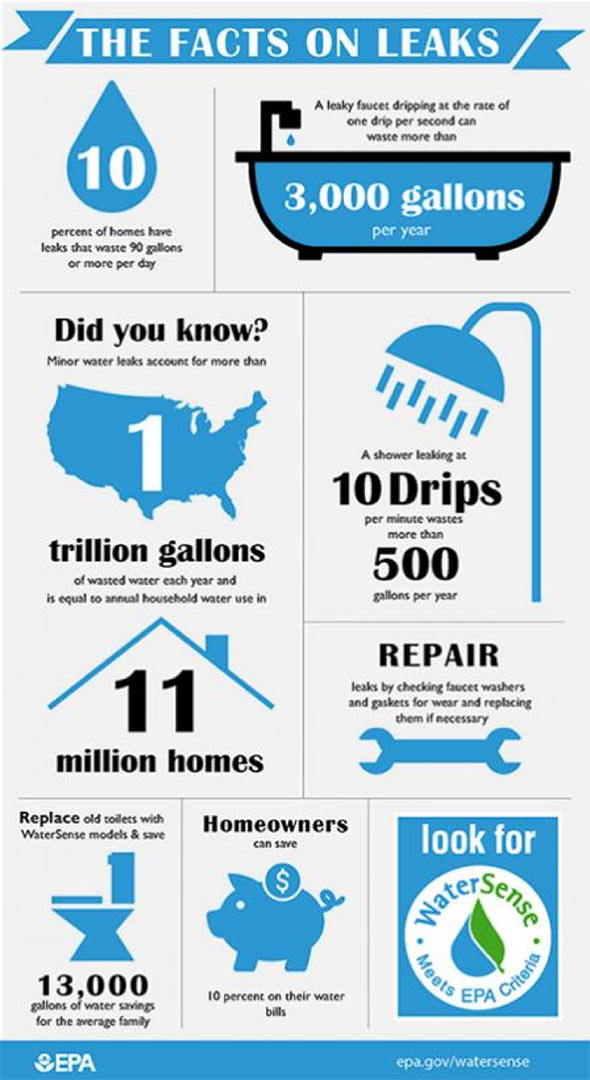Gain Insight Into Exactly How Diverse Climate Condition Can Affect Your Roof Covering Setup, Guaranteeing A Job That Is Performed Faultlessly
Gain Insight Into Exactly How Diverse Climate Condition Can Affect Your Roof Covering Setup, Guaranteeing A Job That Is Performed Faultlessly
Blog Article
Material Writer-Bennett Timm
When it comes to roof covering installations, the weather can make or break the task. Imagine the irritation of managing products that will not coordinate because of severe warmth or fighting unsafe surfaces brought on by unanticipated rainfall. Recognizing the effect of climate condition on your roof covering job is important for an effective result. So, allow's explore just how various weather condition elements can affect the top quality and toughness of your roof covering installation, guaranteeing a job well done.
Effect of Temperature Level on Roofing System Setup
When it involves roof installment, temperature level plays a vital duty while doing so. The optimal temperature for roofing projects usually falls in between 45 and 85 levels Fahrenheit. Extreme heat can cause materials like roof shingles to end up being as well flexible, bring about prospective damage throughout installment. On the other hand, cold temperature levels can make products brittle and vulnerable to breaking. It's important to schedule roof installments during modest temperatures to make sure the best result.
During chillier climate, service providers might require to take added preventative measures such as using warmed equipment or enabling materials to heat up prior to installment.
In contrast, heat may call for job to be done earlier or later on in the day to stay clear of the peak temperatures. By considering the temperature and its impacts on roofing materials, you can help make sure an effective installation that will certainly hold up against the elements for several years to come.
Effect of Rainfall on Roofing Projects
Roof covering jobs can be dramatically affected by precipitation, impacting both the timeline and the top quality of the installation. Rain or snow can develop unsafe conditions, making it hazardous for roofing professionals to work with a damp surface. Additionally, moisture can compromise the adhesion of products like tiles or underlayment, bring about potential leakages or problems in the future.
If it rains throughout a roofing project, the water can leak right into susceptible areas, creating delays as the installment team should wait on the roofing system to dry before proceeding. Extreme wetness can also advertise the development of mold and mildew and mold, further jeopardizing the honesty of the roofing system.
To stay remodeling companies in san antonio of these problems, it's recommended to arrange roof covering projects during drier seasons or check the weather prediction carefully to intend about any kind of possible rainstorms. By taking preventative measures to work in beneficial weather conditions, you can ensure a smoother and extra effective roof covering installment process.
Impact of Wind Speed on Installation Success
During roofing setup, the speed of the wind plays a crucial role in determining the success of the project. High wind rates can present considerable challenges to roofing contractors, potentially causing safety and security risks and high quality problems. When wind rates go beyond advised limitations, it comes to be difficult to deal with materials, raising the threat of crashes and damages to the roof covering products. Strong gusts can also impact the precision of dimensions and the precision needed for correct installation.
To guarantee https://www.romfordrecorder.co.uk/news/fix-your-roofline-and-fascia-to-save-your-home-from-3248430 , it's essential to keep track of and consider wind speeds. Preferably, roofing setup should happen on days with reduced to modest wind rates. https://typesofmetalroofing62849.blogsmine.com/32917158/just-how-frequently-should-you-schedule-a-roofing-evaluation of the workers however additionally improves the total quality of the setup.
Roof projects scheduled throughout calm weather conditions are more likely to be finished successfully and with less errors. By paying attention to wind speed forecasts and intending as necessary, you can help make certain a smooth and effective roofing installation procedure.
Final thought
So, when it pertains to roof covering setup, keep in mind to take into consideration the weather conditions to guarantee a successful task. Optimum temperatures, completely dry conditions, and modest wind rates are essential aspects to prioritize for a smooth installation procedure. By scheduling your job during the best seasons and optimal weather conditions, you can achieve a resilient and long-lasting roof covering that will certainly safeguard your home for years to find.
